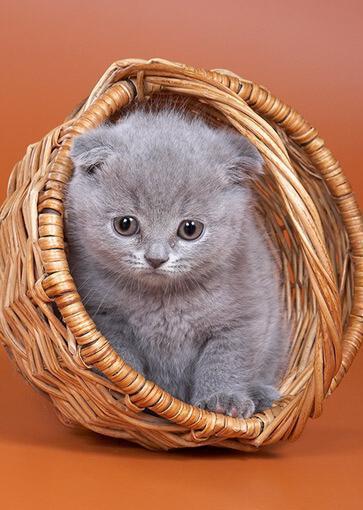A CAT FOR A PET
A domestic cat is a small, usually furry, domesticated, carnivorous mammal. It is often called the house-cat when kept as an indoor pet, or simply
the cat when there is no need to distinguish
it from other fields and felines.
Cats are valued by humans for companionship and ability to hunt vermin and household pests. They are
primarily nocturnal.
Cats are similar in anatomy to the other felids, with strong,
flexible bodies, quick reflexes, sharp retractable claws, and teeth adapted to
killing small prey. As crepuscular predators, cats use their acute hearing
and ability to see in near darkness to locate prey. Not only can cats hear
sounds too faint for human ears, they can also hear sounds higher in frequency than humans can perceive. The usual
prey of cats make high frequency noises, so being able to pinpoint these faint
high-pitched sounds gave cats' ancestors an evolutionary advantage. Cats also have a much
better sense of smell than humans.
Despite being solitary hunters, cats are a social species, and cat communication includes the use of a variety of vocalizations (meowing, purring, trilling, hissing, growling and grunting)
as well as pheromones and types of cat-specific body language.
Cats have a rapid breeding rate. Under controlled breeding, they
can be bred and shown as registered pedigree pets, a hobby known as cat fancy. Failure to control the
breeding of pet cats by spaying and neutering and the abandonment of former household pets has resulted in large numbers of feral cats worldwide, with a population of up to
60 million of these animals in the United States alone, while in Japan
they are caught and disposed of.






























































Comments